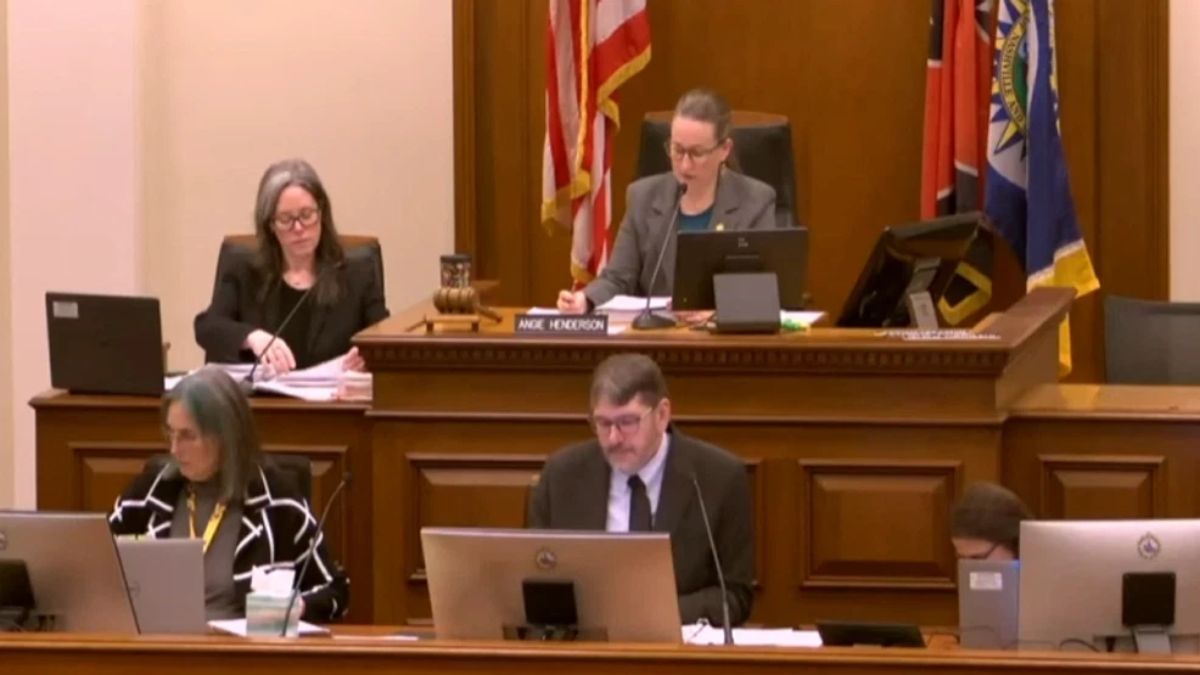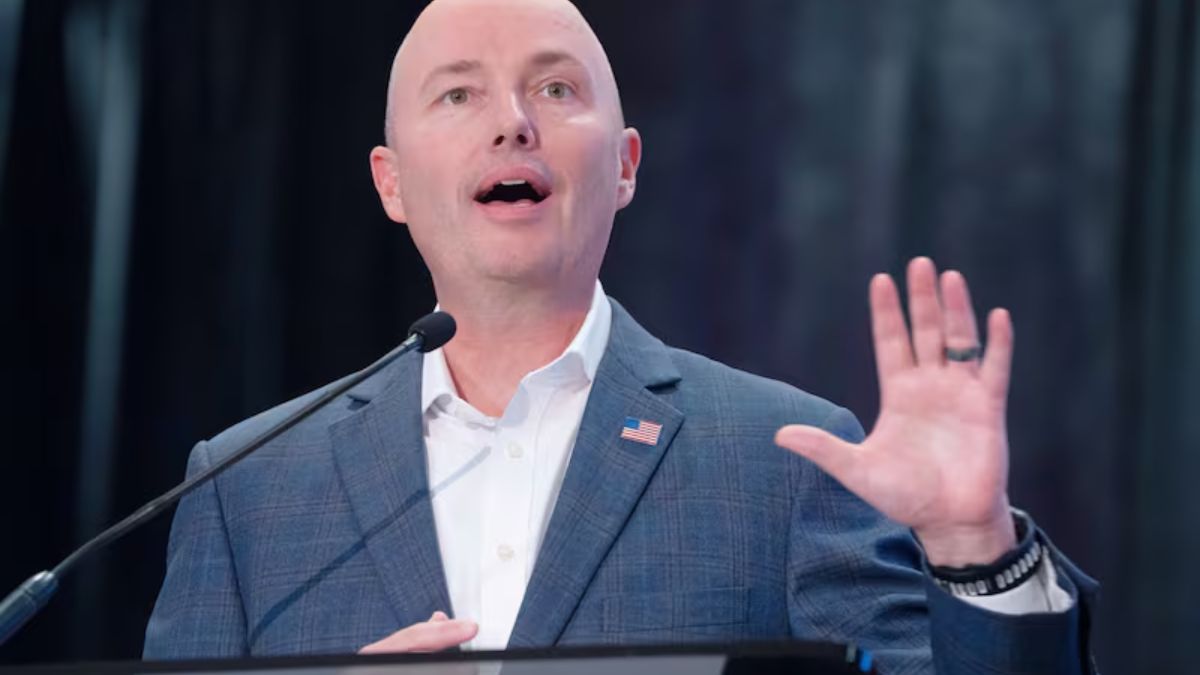During an in-depth work session on Monday, the Laramie City Council, local officials, and Albany County’s legislative delegation met to address the city’s most pressing challenges before the upcoming Wyoming Legislature session in February.
The meeting focused heavily on changes in municipal funding, the ongoing housing shortage, and the importance of local control as lawmakers consider new policies.
Municipal Funding: Push Toward a Stable Statewide Formula
Moving Away from Mineral-Dependent Revenue
City Administrative Services Director Jennifer Wade explained that Wyoming is considering a major shift in how community funding is delivered.
Instead of relying on volatile mineral-based revenue, the state may adopt a fixed tax formula tied to statewide sales and use taxes.
Wade emphasized that this move would give local governments “greater long-term stability,” ensuring consistent funding regardless of fluctuations in mineral markets.
Proposed Tax Diversion for Local Governments
The Wyoming Joint Appropriations Committee is recommending that 5.6% of statewide sales and use tax be redirected to cities and counties—an estimated $105 million annually.
This proposal mirrors Gov. Mark Gordon’s position, though several municipalities want the diversion increased to 8% to meet local needs.
Property-Tax Reform Ideas Under Review
Wade also reviewed the tax-reform concepts circulating in the Legislature, including a significant proposal:
- Replacing residential property taxes with an additional 2% state sales and use tax.
While the numbers seem workable, she noted potential risks. For Laramie, local sales/use taxes make up 20% of the general fund for 2026, while property taxes contribute only 7%.
She stressed that if reforms move ahead, voter education will be essential to help residents understand how these changes affect local funding.
Addressing Claims About Service Cuts
Responding to recent comments that cities should have reduced services after statewide property-tax cuts, Wade clarified that Laramie avoided budget problems by not overestimating revenues.
She reminded legislators that Laramie delivers one of the broadest ranges of public services at the lowest cost of government among full-service municipalities, despite inflation and construction costs rising nearly 50%.
Commitment to Transparency
Wade highlighted the city’s ongoing efforts to improve public transparency, including:
- An open-finance portal
- A Budget Advisory Committee
- A new open-the-books initiative
She urged lawmakers to consider long-term statewide impacts as they debate tax reforms.
Clarifying the Impact of Energy Projects on Revenue
Rep. Karlee Provenza suggested that revenue from the Rail Tie Wind Project might have cushioned the city’s finances during recent tax cuts. However, Assistant City Manager Todd Feezer clarified:
- Property taxes from wind projects go to the county, not the city.
- Laramie only received a one-time sales-tax boost from wind-energy equipment delivered locally.
- This revenue will not continue in future years.
Laramie’s Housing Crisis: A Growing and Urgent Problem
The City Is Several Thousand Units Behind
Shifting to the most pressing long-term challenge, Director of Community Development Derek Teini outlined Laramie’s severe housing shortage. A 2015 study predicted the city would need 4,000 new housing units by 2030, yet Laramie is building only 50–60 units per year.
From 2015 to today, Laramie has added:
- 553 single-family homes
- 251 multifamily units
This still leaves about 2,500 units unmet.
Why Demand Is Growing
Rep. Ken Chestek questioned what is fueling demand, given that the University of Wyoming is below its peak employment and enrollment numbers.
Teini explained that growth is driven by:
- New businesses bringing employees
- Retirees moving to Laramie
- Remote workers relocating since 2020
- People attracted to the city’s outdoor amenities and quality of life
- Lower living costs in surrounding rural areas
City Plans to Support Housing Development
Teini said housing will remain a major priority and listed ongoing strategies:
- Updating local codes
- Expanding the Urban Renewal Authority
- Fee-deferral programs
- Infrastructure-funding tools
- Partnering with the county housing land trust
Lawmakers such as Sen. Gary Crum expressed support for expanding deferred-fee programs, including utility coordination.
Infrastructure Costs Remain a Barrier
Sen. Chris Rothfuss asked how much new infrastructure—roads, water lines, sewer systems—would cost to support 4,000 new homes.
Teini responded that:
- Developers calculate infrastructure based on project revenue
- The city may need to adjust water, sewer, and road standards
- But lowering standards carries long-term costs, including earlier road replacement and higher public-works budgets
- Rising material costs make future projects even more expensive
Local Control and Better Communication With Lawmakers
Assistant City Manager Todd Feezer concluded the meeting by stressing the value of local control and continuing collaboration with legislators. He highlighted that communication is not one-directional:
City staff, council members, and residents all contribute to decision-making, and strong two-way communication is essential as Laramie plans for growth.
The work session made clear that Laramie is facing interconnected challenges involving municipal funding stability, tax-reform proposals, a deepening housing shortage, and the need to maintain local authority in planning and budgeting.
While lawmakers and city officials agreed on many priorities, solutions will depend on state-level decisions, future revenue trends, and continued collaboration.
As Laramie prepares for the 2025 legislative session, the city’s focus remains on securing stable funding, addressing long-term housing needs, and ensuring residents’ voices remain central in policy decisions.



